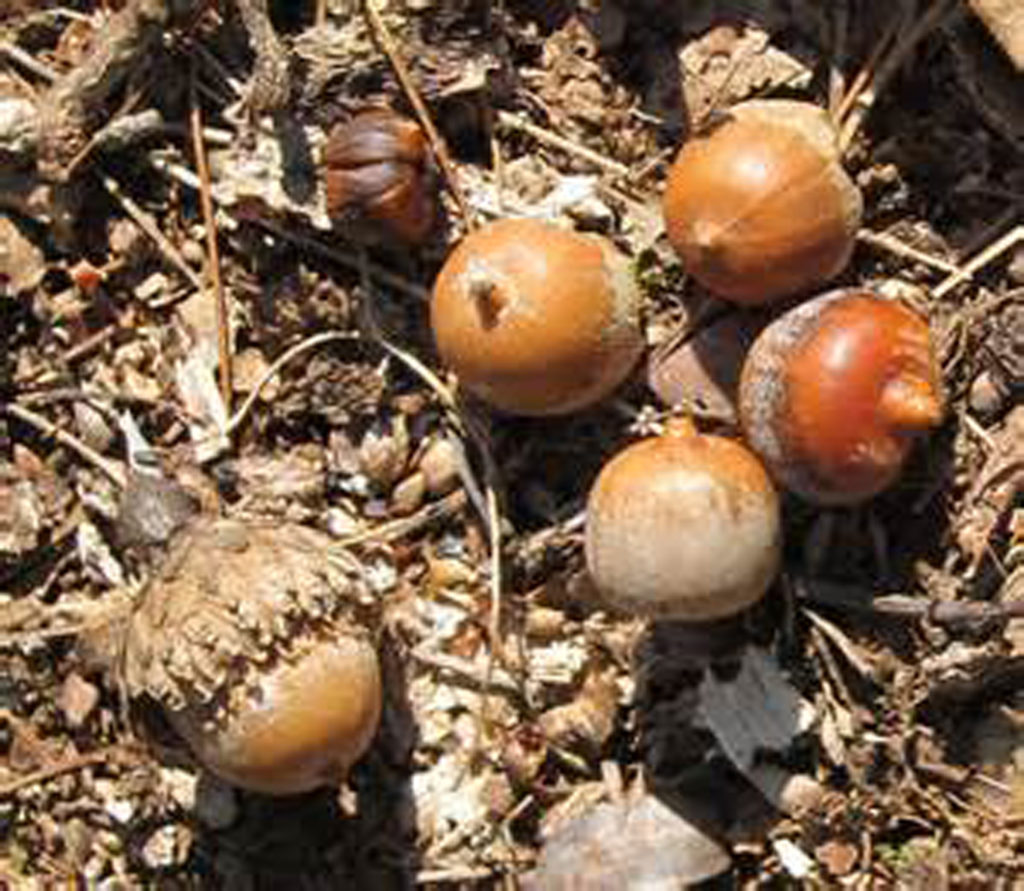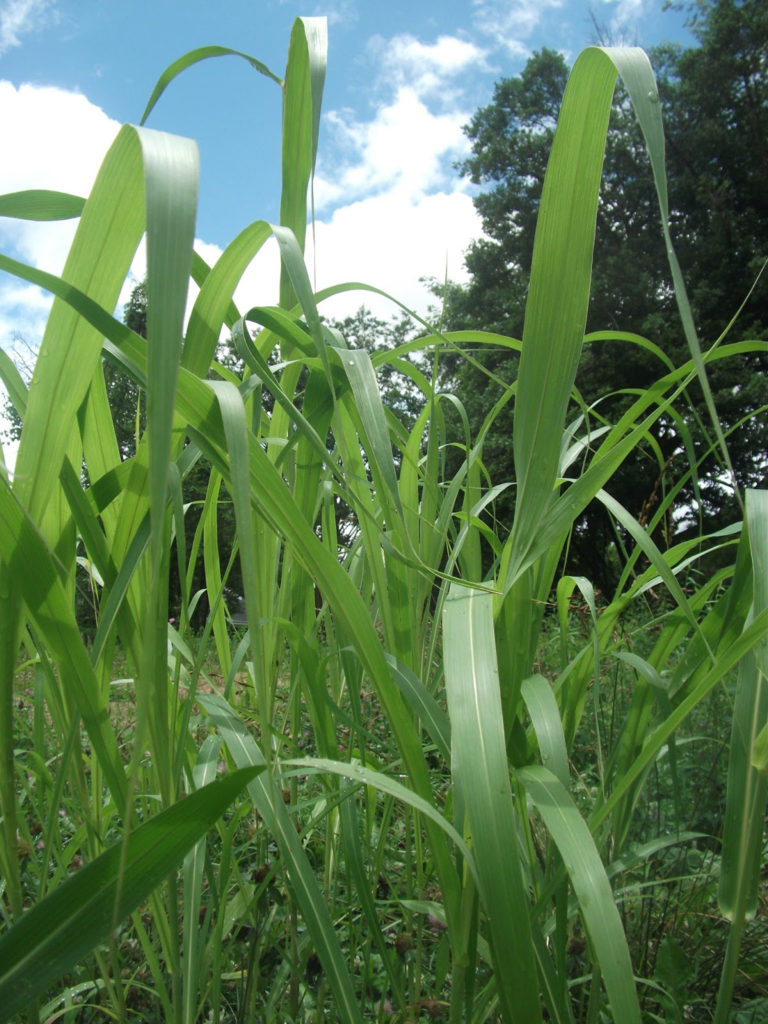Farm & Ranch
Plants Toxic to Livestock

By Jessica Crabtree and Dr. Jered Harlan, DVM
More than 100 species of toxic plants populate the pastures of Texas. These plants pose the number one threat to producers: death of livestock. Besides direct loss, the unfortunate presence offers an indirect loss in reduced conception rates, reduced weaning weights and overall reduced production. Warning signs can prevail in the form of animals off feed, losing weight and/or appearing unhealthy— poisonous plants may be the cause.
There may be some difficulty at diagnosis. Some toxic plants symptoms are easily indentified, while others go undetected other than death. Some can cause death within minutes while others take months. As a producer, the first step at the presentation of a dead cow is deciphering the cause, disease or toxic plant.
Toxic plants should be considered in situations of cattle loss if the forage supply in a pasture is sparse due to overgrazing, drought or poor season growth, if animals have been recently moved to a new location, if animals were released to the new pasture hungry, if herbicides have been used recently as a method of weed control, if the pasture has recently been fertilized with nitrogen or if a new forage source has been fed.
To read more pick up a copy of the December 2016 NTFR issue. To subscribe call 940-872-5922 today!
Farm & Ranch
Meanwhile Back At The Ranch

By: Rayford Pullen
Fall is here which means winter is closing in on us and before we officially get into winter, we need to make sure our factories are either producing or will be producing in a few months.
We have been pregnancy testing our cows this fall and if they are not bred or nursing a calf, we are bidding them adios. With annual costs somewhere between $900.00 and $1,000.00 per cow, those cows not producing a live weaned calf are costing us quite a bit.
To read more, pick up a copy of the November edition of North Texas Farm & Ranch magazine, available digitally and in print. To subscribe by mail, call 940-872-5922.
Country Lifestyles
Wichita Falls Area Cattlewomen
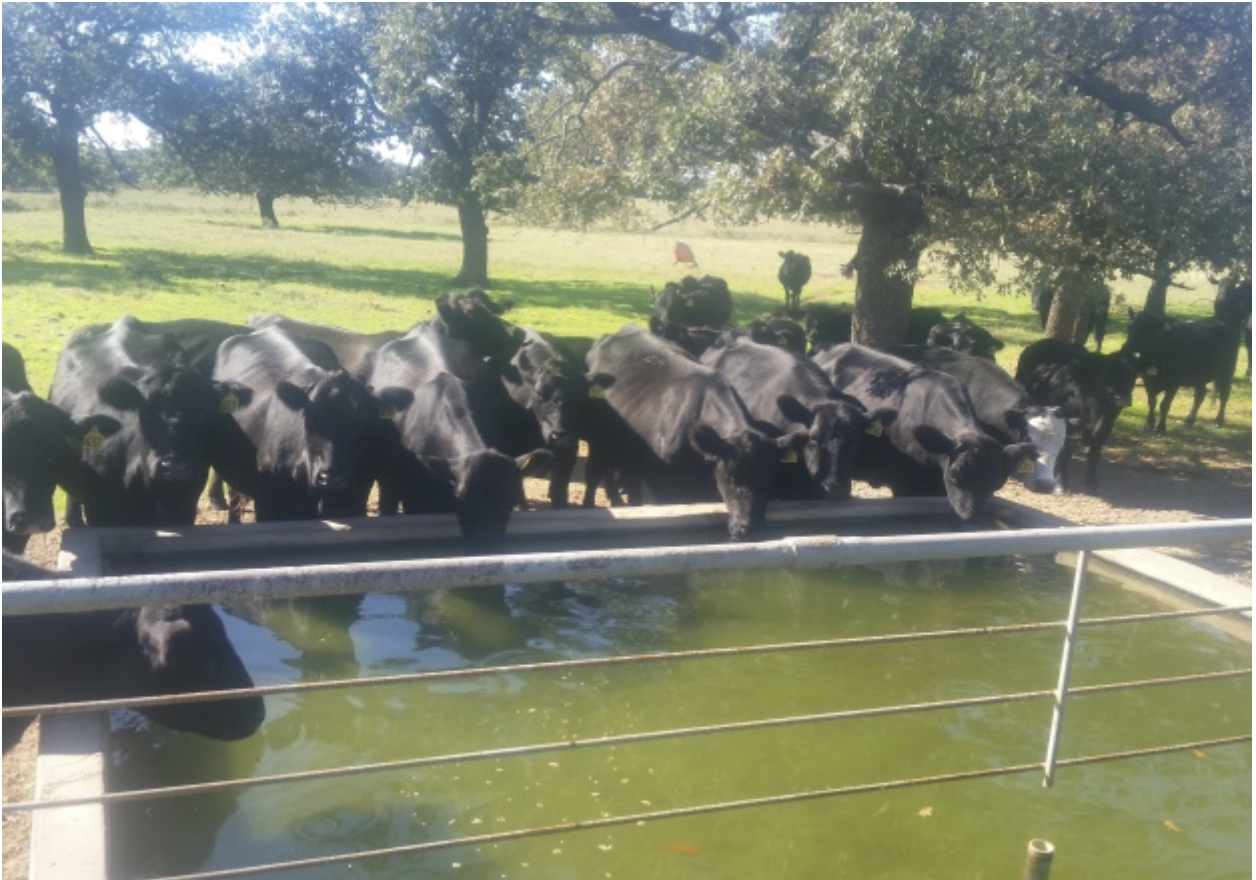
By: Martha Crump
Most cattle producers can tell you quite a lot about balancing cattle diets for energy, protein, vitamins, and minerals based on the specific needs for their herd and type of operation.
A key factor, and one that is often overlooked, is that how your animals perform is also directly affected by their water intake.
Now many of you may already be thinking “well of course water is necessary, anybody knows that!”
In many years, as September marches into October, we are beginning to experience some return of rainfall. But as many of us know, that is not always the case. Often we are still experiencing hot and dry weather, and water supplies are dwindling.
When we find ourselves experiencing those types of fall conditions, it is critical to not only understand the daily water requirements for cattle, but also the impact that the quality of water can have on herd health and development.
To read more, pick up a copy of the October edition of North Texas Farm & Ranch magazine, available digitally and in print. To subscribe by mail, call 940-872-5922.
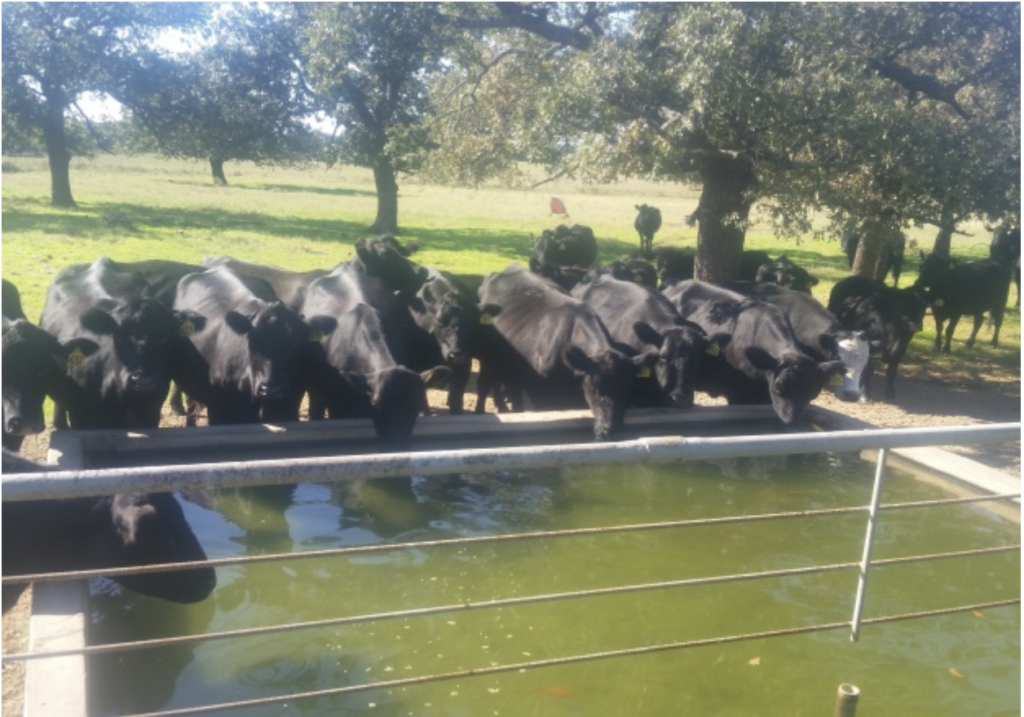
Farm & Ranch
Grazing North Texas: Managing Old World Bluestems
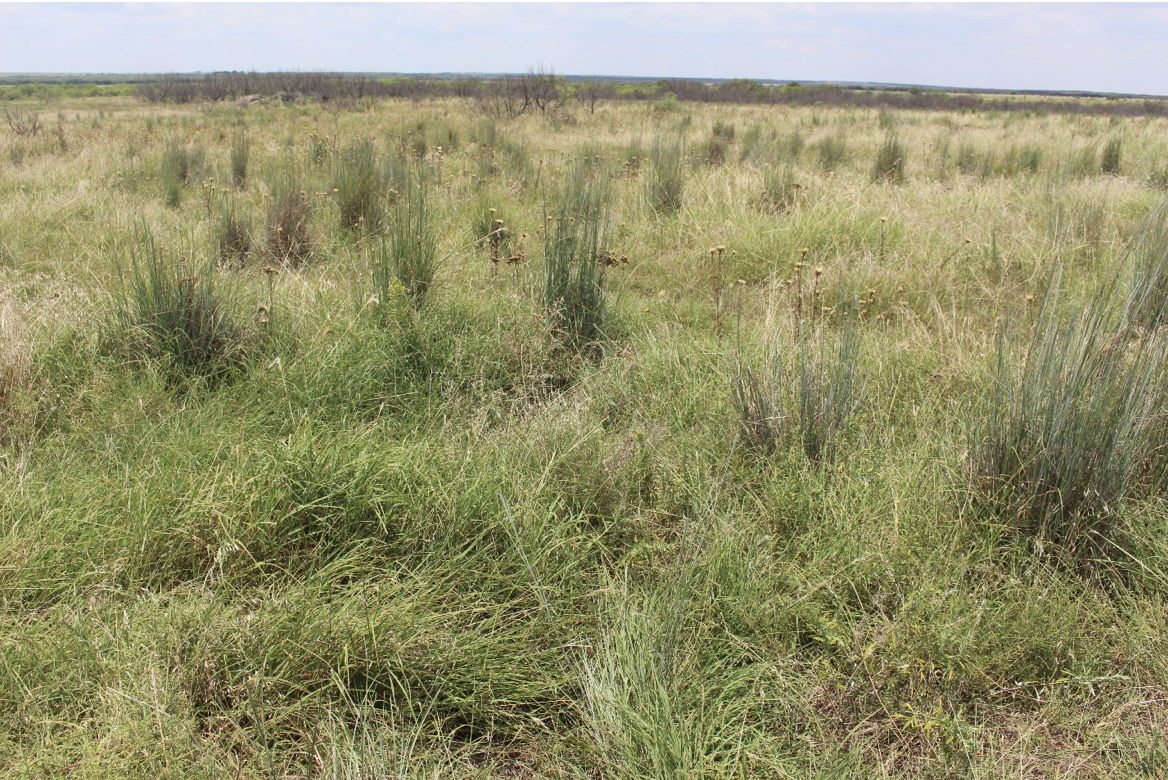
By: Tony Dean
Since their introduction to the U.S. in the early 1900s, Old World Bluestems such as King Ranch bluestem and Dahl bluestem have become established on farms and ranches from the Rio Grande to Nebraska. With such a wide range of adaptability, these species are subjected to a wide range of management, depending on location and the goals of the rancher.
Due to the aggressive nature of OWBs, producers in far South Texas have been trying to find a way to eradicate OWBs in their pastures. Texas AgriLife Extension bulletin “Introduced Bluestem Grasses: Management on Native Lands” describes several methods being used in the effort to rid pastures of OWBs. In 2016, one project involved using chemicals, plowing, mowing, reseeding, summer burning, and combinations of these practices.
To read the about the researchers findings and hear Tony’s take, pick up a copy of the October edition of North Texas Farm & Ranch magazine, available digitally and in print. To subscribe by mail, call 940-872-5922.
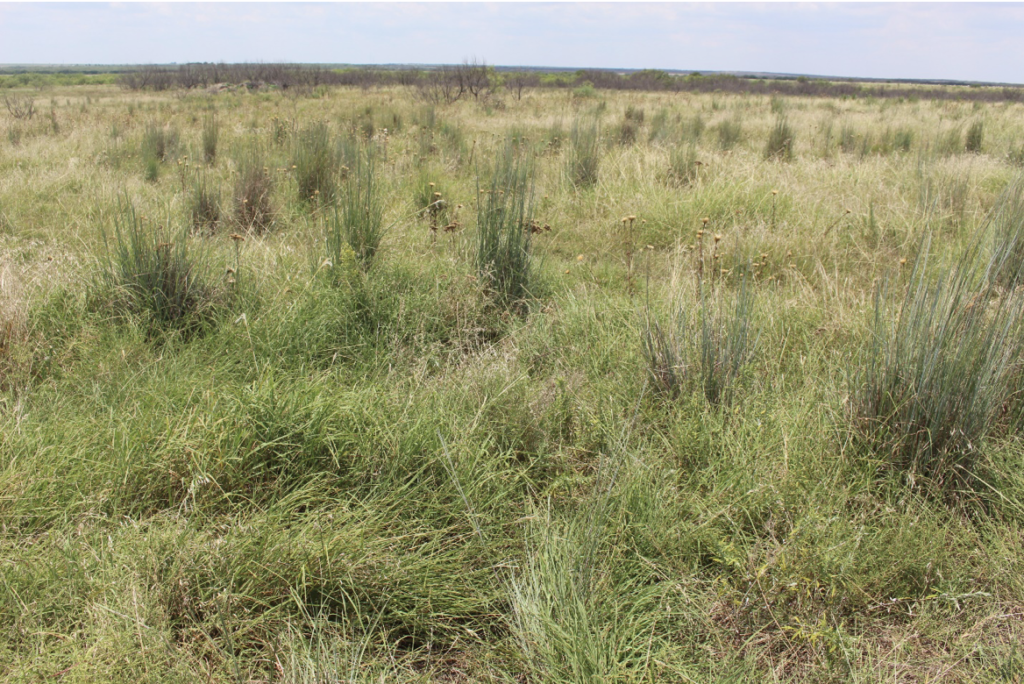
-

 Country Lifestyles2 years ago
Country Lifestyles2 years agoScott & Stacey Schumacher: A Growth Mindset
-

 Country Lifestyles8 years ago
Country Lifestyles8 years agoStyle Your Profile – What your style cowboy hat says about you and new trends in 2017
-

 HOME8 years ago
HOME8 years agoGrazing North Texas – Wilman Lovegrass
-

 Equine1 year ago
Equine1 year agoThe Will to Win
-

 Country Lifestyles5 years ago
Country Lifestyles5 years agoAmber Crawford, Breakaway Roper
-

 Outdoor9 years ago
Outdoor9 years agoButtercup or Primrose?
-

 Country Lifestyles8 years ago
Country Lifestyles8 years agoJune 2016 Profile – The man behind the mic: Bob Tallman
-

 Country Lifestyles8 years ago
Country Lifestyles8 years agoDecember 2016 Profile, Rusty Riddle – The Riddle Way

